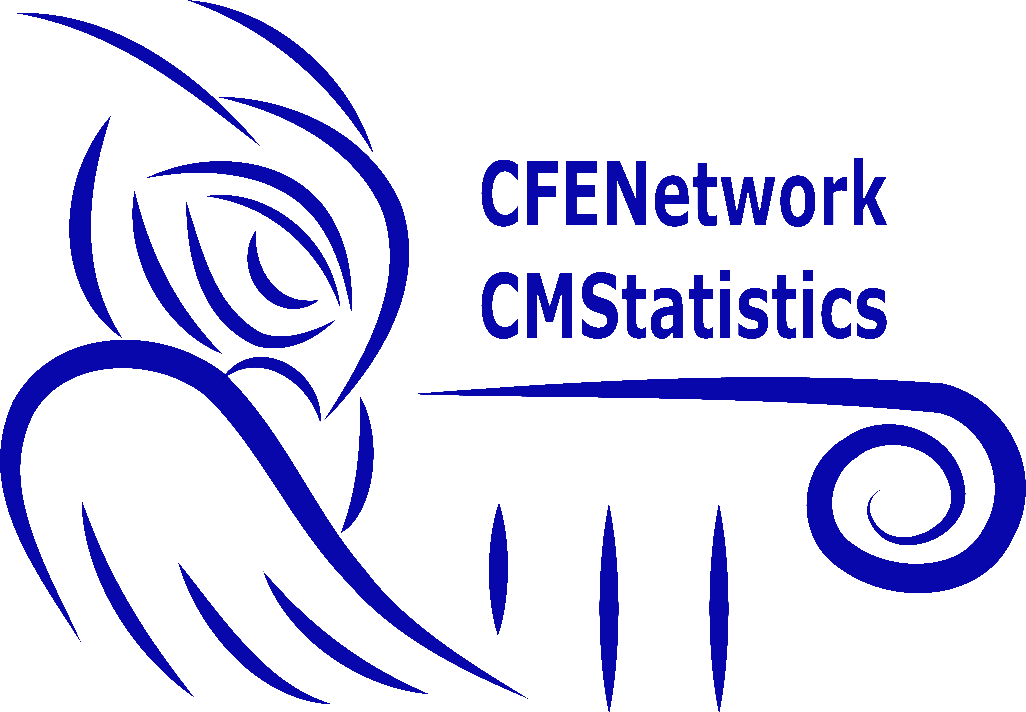A0223
Title: Statistical methods and supervised-unsupervised machine learning for EEG signal analysis and detection of brain injury
Authors: Robertas Alzbutas - Kaunas University of Technology, Lithuanian Energy Institute (Lithuania) [presenting]
Vaida Abraskeviciute - Kaunas University of Technology (Lithuania)
Asta Kybartaite-Ziliene - Lithuanian University of Health Sciences (Lithuania)
Giedre Alzbutiene - Lithuanian University of Health Sciences (Lithuania)
Abstract: The aim is to present an integrated approach to neonatal EEG signal analysis for the detection of hypoxic-ischemic brain injury, combining statistical methods with supervised and unsupervised machine learning. The first part of the work emphasizes predictive modeling based on preprocessed EEG data, employing classification algorithms like support vector machines and neural networks. Statistical signal processing techniques were applied to extract relevant features, enabling automated identification of abnormal patterns and supporting early-stage clinical decision-making. These supervised models demonstrate potential to complement expert assessments and improve the timeliness and consistency of diagnosis. In the second part, unsupervised learning methods were applied to EEG data from neonates diagnosed with hypoxic-ischemic encephalopathy. After artifact removal and dimensionality reduction, clustering algorithms explored latent structure in the data, enabling grouping based on EEG signal characteristics without labeling. While detailed grading posed challenges, a simplified binary clustering strategy yielded clinically relevant groupings comparable to supervised classification outcomes. The results highlight the promise of combining data-driven unsupervised methods with domain knowledge in medical diagnostics. Overall, this dual approach demonstrates the value of integrating statistical modeling and machine learning to enhance EEG-based neurodiagnostic tools in neonatal care.



